Entry Category: Recreation and Sports
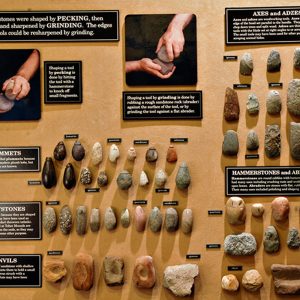 Plum Bayou Artifacts
Plum Bayou Artifacts
 Plum Bayou Mounds Excavation Trench
Plum Bayou Mounds Excavation Trench
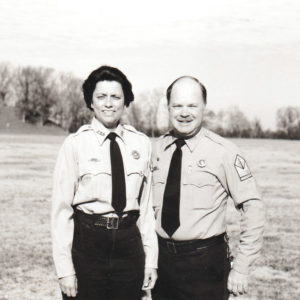 Plum Bayou Mounds Park Personnel
Plum Bayou Mounds Park Personnel
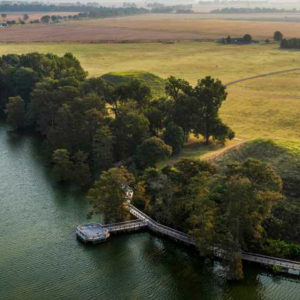 Plum Bayou Mounds View
Plum Bayou Mounds View
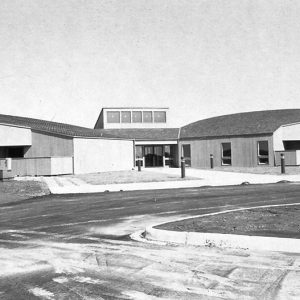 Plum Bayou Mounds Visitors Center
Plum Bayou Mounds Visitors Center
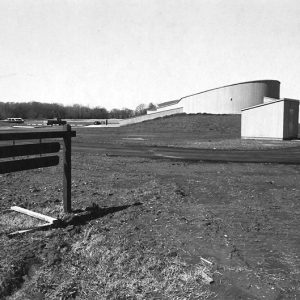 Plum Bayou Mounds Visitors Center
Plum Bayou Mounds Visitors Center
 Plum Bayou Mounds Walkway
Plum Bayou Mounds Walkway
Poison Spring Battleground State Park
 Poison Spring Battleground State Park
Poison Spring Battleground State Park
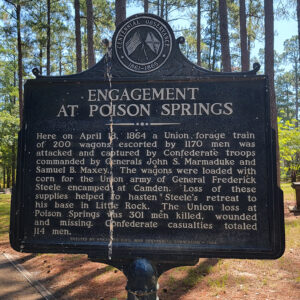 Poison Spring Engagement Sign
Poison Spring Engagement Sign
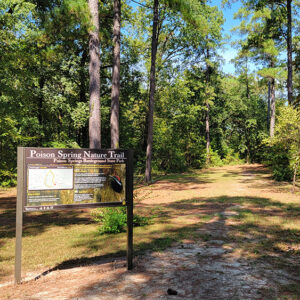 Poison Spring Nature Trail
Poison Spring Nature Trail
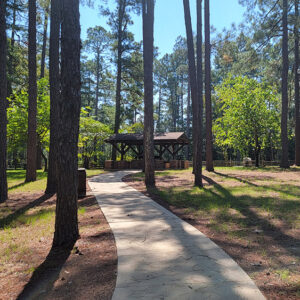 Poison Spring Park Pavilion
Poison Spring Park Pavilion
Political Animals Club
Polk County Possum Club
 Popeye Statue
Popeye Statue
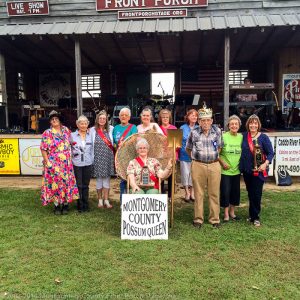 Possum Queen
Possum Queen
Postage Stamps with Arkansas Connections
Potlatch Cook’s Lake Nature Center
 Powhatan Courthouse
Powhatan Courthouse
 Powhatan Courthouse
Powhatan Courthouse
Powhatan Historic State Park
Prairie Grove Battlefield State Park
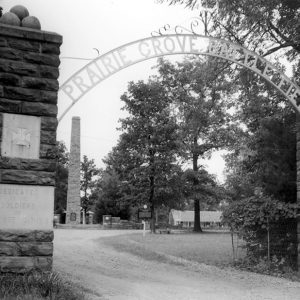 Prairie Grove Entrance
Prairie Grove Entrance
 Prescott Football Team, 1911
Prescott Football Team, 1911
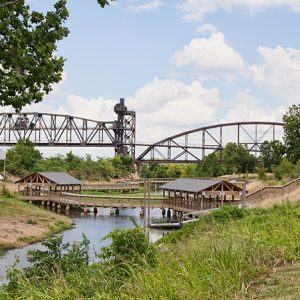 Presidential Park Wetlands
Presidential Park Wetlands
 Prize Pumpkin
Prize Pumpkin
Prock, Clifford John
 Pulaski Heights Display
Pulaski Heights Display
 Pulaski Heights History
Pulaski Heights History
 Pythian Bathhouse
Pythian Bathhouse
Quapaw Area Council of the Boy Scouts
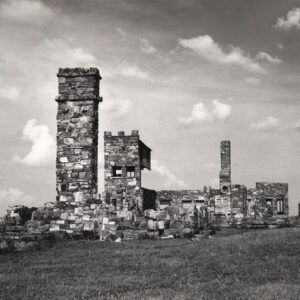 Queen Wilhelmina Lodge Ruins
Queen Wilhelmina Lodge Ruins
Queen Wilhelmina State Park
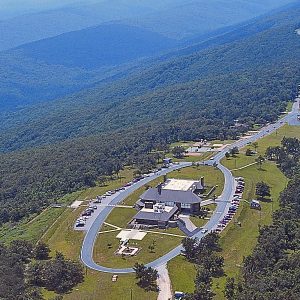 Queen Wilhelmina State Park
Queen Wilhelmina State Park
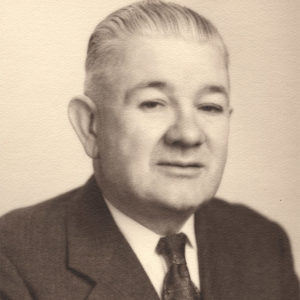 Earl Quigley
Earl Quigley
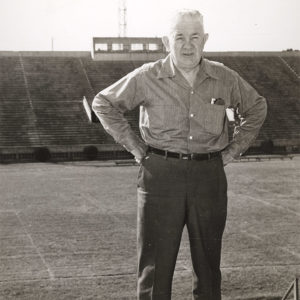 Earl Quigley
Earl Quigley
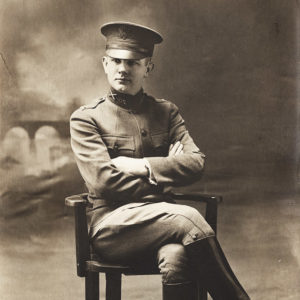 Earl Quigley
Earl Quigley
Quigley, Earl F.
Quigley’s Castle
 Quigley's Castle
Quigley's Castle
 Quigleys
Quigleys
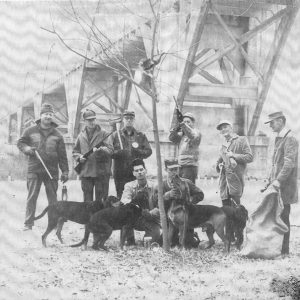 Racoon Hunters
Racoon Hunters
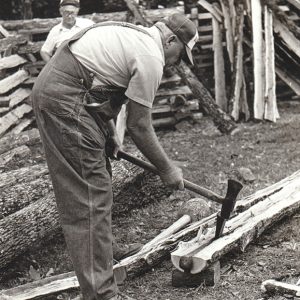 Rail Splitting
Rail Splitting
 Railroad Display
Railroad Display
 Ranger Boat Museum
Ranger Boat Museum
Ray Winder Field
 Razorback Stadium
Razorback Stadium
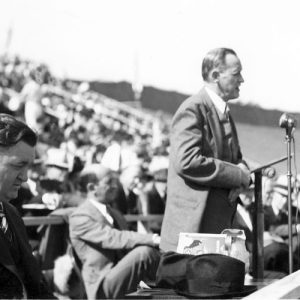 Razorback Stadium Dedication
Razorback Stadium Dedication




